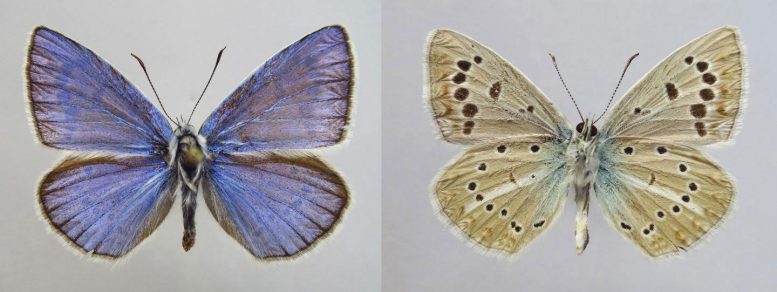
This is the South-Russian blue (Polyommatus australorossicus), a new butterfly species discovered in European Russia. Credit: Vladimir Lukhtanov
What looked like a population of a common butterfly species turned out to be a whole new organism, and, moreover – one with a very peculiar genome organization.
Discovered by Vladimir Lukhtanov, entomologist and evolutionary biologist at the Zoological Institute in St. Petersburg, Russia, and Alexander Dantchenko, entomologist and chemist at the Moscow State University, the startling discovery was named South-Russian blue (Polyommatus australorossicus). It was found flying over the northern slopes of the Caucasus mountains in southern Russia. The study is published in the open access journal Comparative Cytogenetics.
“This publication is the long-awaited completion of a twenty-year history,” says Vladimir Lukhtanov.
In the mid-nineties, Vladimir Lukhtanov, together with his students and collaborators, started an exhaustive study of Russian butterflies using an array of modern and traditional research techniques. In 1997, Alexander Dantchenko who was mostly focused on butterfly ecology, sampled a few blue butterfly specimens from the northern slopes of the Caucasus mountains. These blues looked typical at first glance and were identified as Azerbaijani blue (Polyommatus aserbeidschanus).
However, when the scientists looked at them under a microscope, it became clear that they had 46 chromosomes – a very unusual number for this group of the blue butterflies and exactly the same count as in humans.
Having spent twenty years studying the chromosomes of more than a hundred blue butterfly species and sequencing DNA from all closely related species, the researchers were ready to ascertain the uniqueness of the discovered butterfly and its chromosome set.
Throughout the years of investigation, it has become clear that caterpillars of genetically related species in the studied butterfly group feed on different, but similar plants. This discovery enables entomologists to not only discover new butterfly species with the help of botanic information, but also protect them.
“We are proud of our research,” says Vladimir Lukhtanov. “It contributes greatly to both the study of biodiversity and understanding the mechanisms of biological evolution.”
Reference: “A new butterfly species from south Russia revealed through chromosomal and molecular analysis of the Polyommatus (Agrodiaetus) damonides complex (Lepidoptera, Lycaenidae)” by Vladimir A. Lukhtanov and Alexander V. Dantchenko, 24 Nov 2017, Comparative Cytogenetics.
DOI: 10.3897/CompCytogen.v11i4.20072

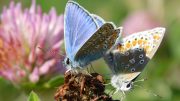
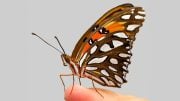



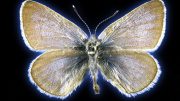

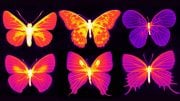
Be the first to comment on "New Butterfly Species Discovered in South Russia"